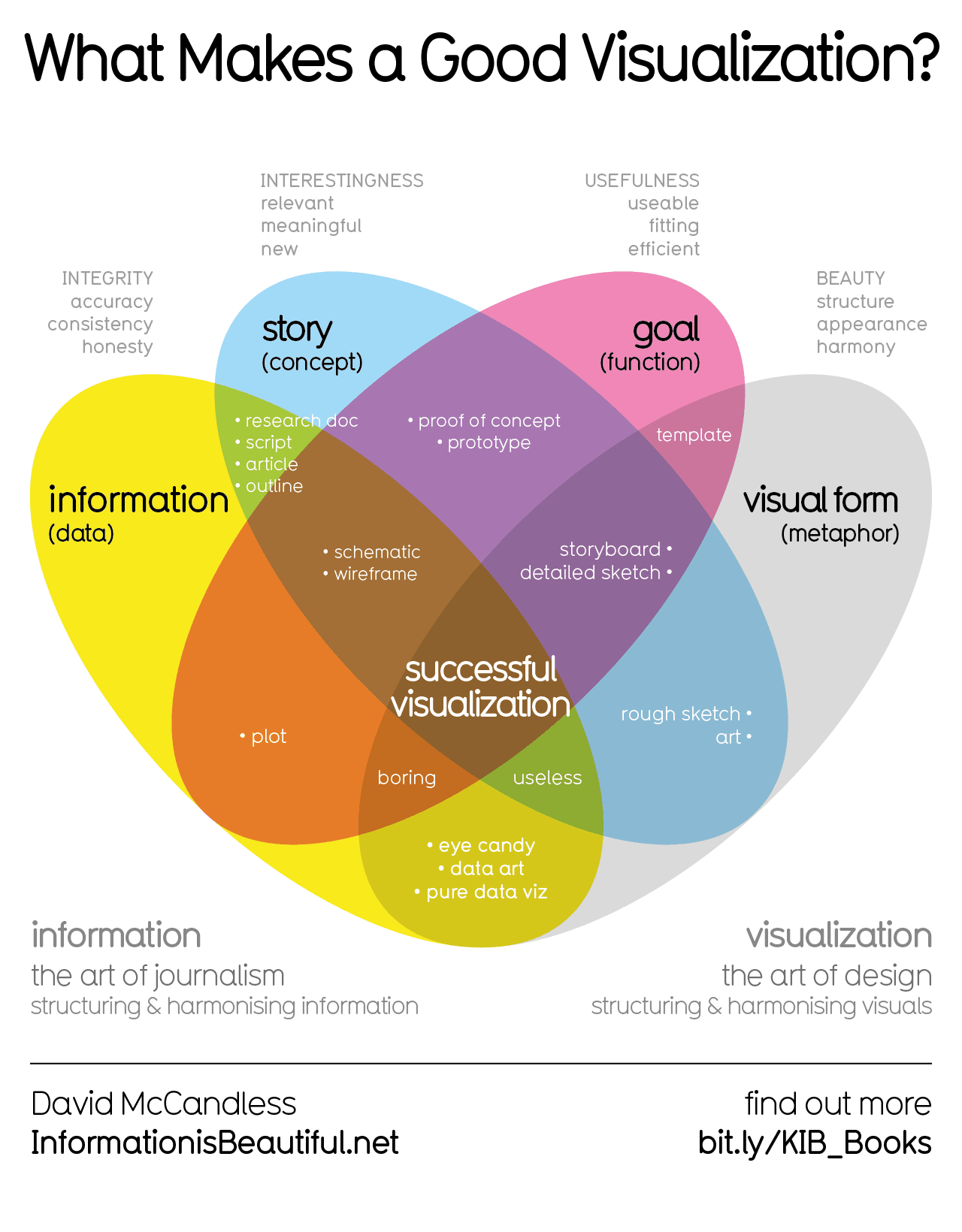
Finally read the transcript, here are some quotes:
And I think that lends you very well to paying attention to what these guys were doing and saying and thinking, which made no sense to me at all. I mean, it had its own internal logic, but it wasn’t logical.
Because as I’ve always said, no sector of society has benefited more and suffered less from the government than Silicon Valley. They’ve got such a chip on their shoulder. They’re so angry. They feel so badly done by. And they have no sense of how much the government funded all that research, did everything to make their lives possible and comfortable. Yet they’re violently anti-government.
you wrote a paragraph that is probably the best explanation of tech-libertarianism or fascism ever written: “It bespeaks a lack of human connection and a discomfort with the core of what many of us consider it means to be human. It’s an inability to reconcile the demands of being individual with the demands of participating in society, which coincides beautifully with the preference for and a glorification of being the solo commander of one’s computer in lieu of any other economically viable behavior. Computers are so much more rule-based, controllable, fixable, and comprehensible than any human will ever be. As many political schools of thought do, these techno-libertarians make a philosophy out of a personality defect.”
I feel like with the Netscape IPO and all the money that began to be made in Silicon Valley is they really bought the Milton Friedman thing of stockholder theory of value. So anything that affects tech price, stock price is bad.
Once money started really pouring in, they were being lauded as like the smartest, coolest, most amazing, wonderful people that ever existed. And so who would have the strength of character to question that? Nobody, I would say, generally, people are scratching you behind the ears and telling you that the way you are, however limited it is, is perfect and perfect for this moment
In Cyberselfish, you divided tech libertarians into the Ravers and the Gilders. And the Ravers were kind of the tech libertarian types who go to Burning Man and have some countercultural characteristics. And the Gilders were more of the suit money obsessed types, the conservatives
How did the book affect your life?
…
I don’t know why writing that book was such a professional death sentence for me. I didn’t write it with the idea of I’m a whistleblower and I will now get death threats. I didn’t think that would happen. It affected my life terribly. It threw me $65,000 in debt. I could never get published anywhere, not a book, not an article, whether it was on technology or something else. It really was like the book had placed a curse on me. And I felt really bad about it. Like, was it a bad book?
…
I think if you’re a writer or any kind of creative person, you want to feel, and this is narcissism, at least for me, you want to feel you’ve created something of lasting value. And having this validation come 25 years later goes, I did create something of lasting value, however we wanted to define it. When I wrote it, I did not think it was too ahead of the curve. I was describing what I was seeing then and I didn’t understand why other people didn’t see it
Looking back at what you wrote, does anything about where we are or how we got here shock or surprise you?
I thought there would be more correctives, you know, that culture of computer freedom and privacy, the way the Bay Area has traditionally been what a friend of mine calls a blue church as opposed to red. I thought those corrective forces would be in play. I didn’t realize how pervasive the Wall Street mentality, which is shareholder theory of value and I can do whatever I want and it’s fine. I didn’t realize there weren’t going to be correctives to that. That is one of the things that surprises me.






I would like to see Telsa and Musk burn but I wish this was reported more accurately. He could get a lot, but only if he delivers:
I got through about ten news articles before I got to a reasonably descriptive one:
https://www.wsj.com/business/autos/the-hurdles-elon-musk-must-clear-to-unlock-1-trillion-in-tesla-pay-bcdcf088
It describes the 12 milestones needed to unlock the each payment:
For the first milestone the market cap of the company needs to hit 2 trillion (and hit one of five other goals) and its currently at about 1.5 trillion. So by my understanding, if people boycott he doesn’t get the packet. The 7th milestone requires the market cap to reach the market cap that Nvidia currently has (and I presume there is another 1 of 5 goal condition). The 12th milestone, required to get the amount in the article headline, requires the company to reach a valuation thats 150% of Nvidia’s current market cap (and I presume there is another 1 of 5 goal condition).
I agree the amount is preposterous, but I’d argue so are these goals, and so is the simplicity of the reporting.